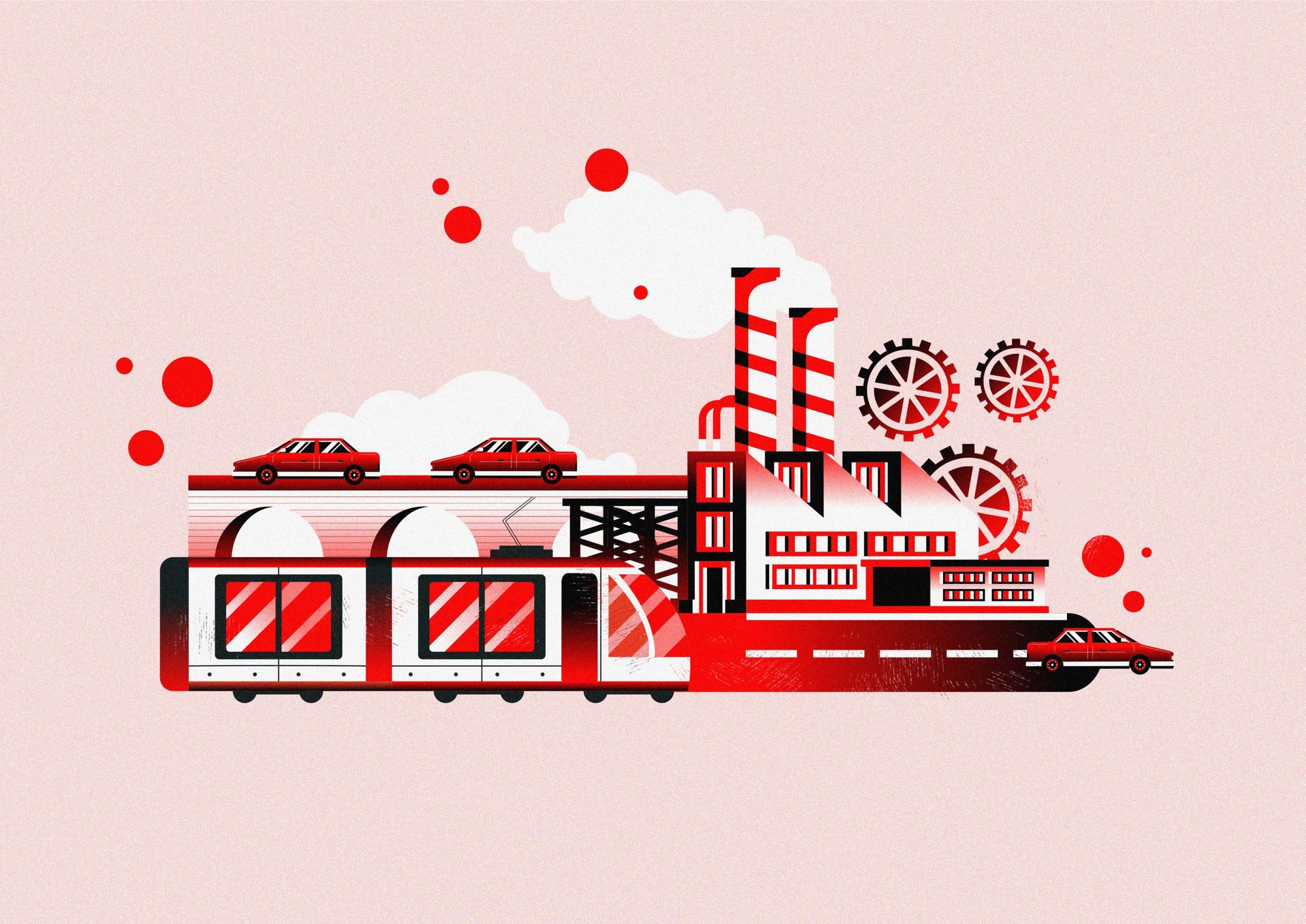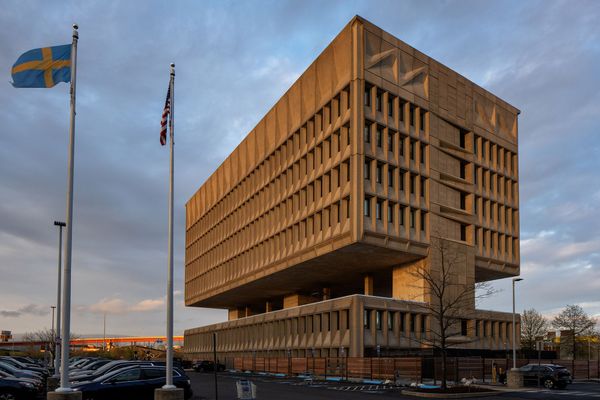After the post-Soviet Central and Eastern European countries transitioned to democracy, they quickly had to adapt to the rules of the world market. Foreign investment was the driving force behind their development, mostly from neighboring countries. The most significant investor has been Germany and the Nordic countries in the Baltic states. Still, nowadays, it is Chinese investment that is most often heard of.
The Cooperation between China and Central and Eastern European Countries (China-CEE Cooperation or 16+1 Cooperation) was established ten years ago as the most far-reaching partnership between China and the region in contemporary history. The two sides are far from equal regarding their influence on the world market as the Asian superpower is ten to twenty times larger than the 16 CEE countries together in terms of area, population, and economic power. Today, China sees the region as a semi-periphery in need of development, while for Central and Eastern Europe, China is a key trading partner. But this has not always been the case.
When the People’s Republic of China was formed in 1949, the member countries of the Eastern Bloc quickly established diplomatic relations with the country. After the political changes around 1990, the socialist past and the oppression by the Western powers could have provided a historical link between China and Central and Eastern Europe, but the post-Soviet states tried to leave behind their authoritarian past with a planned economy. Therefore, a Western orientation characterized this period in the region. It was pivotal for China when eight post-Soviet countries joined the EU in 2004, but there was no strong cooperation between the two regions yet. The real turning point was the financial crisis of 2008; the extensive partnership started at that time. The eastern part of the EU bounced back more quickly after the crisis than Western Europe, which attracted China’s interest in the region. As Beijing has maintained its more dynamic growth compared to Western Europe, the two regions have realized the potential in each other at roughly the same time.
It is also important for China that it can patronize the countries of Central and Eastern Europe. As they are technologically and infrastructurally lagging behind Western Europe and their economic institutions are not as developed either, China has more influence over them. Another important factor is the Belt and Road Initiative (BRI), an economic-political strategy adopted by China that aims to connect Chinese and European infrastructure, which would pass through Central and Eastern Europe, thus making cooperation even more beneficial for the giant Asian country.

Direct investment from China to foreign countries peaked in 2016. The most intensive period was between 2000 and 2017 when €3.8 billion in Chinese foreign direct investment (FDI) arrived in Central and Eastern Europe. Hungary received the largest share, €2.1 billion, ahead of Poland (€1 billion), Czechia (€600 million), and Slovakia (€100 million). This difference is partly due to the Hungarian government’s „Opening to the East” policy, while, for instance, Poland is much more determined to integrate with the West economically.
The largest Chinese investments came before the 16+1 Cooperation was established. One of the most significant Chinese investments in Hungary was the acquisition of BorsodChem in 2011 for €1.6 billion, a chemical raw material manufacturing company in Northern Hungary. Moreover, powerful Chinese technology and automotive industry players arrived in Hungary, such as:
- Huawei, which despite having been banned from using Android, dominated 20 percent of the total smartphone market in the second quarter of 2020;
- ZTE, which has been present in Hungary since 2005 and has been continuously developing since then;
- and BYD, which started working on electric cars and buses in 2003, well before the electric vehicle revolution.
Perhaps the most well-known and controversial project is the development of the Budapest-Belgrade railway line. The Hungarian section of the project was put out to tender in 2019 at the cost of HUF 750 billion. This amount is three times higher than the average Hungarian railway development project cost and is estimated to take 979 years to pay for itself. Moreover, some details of the project have been shrouded in secrecy.
Nevertheless, there were already disagreements between Central and Eastern European countries and China on the 16+1 Cooperation before the Russo-Ukrainian war broke out. Lithuania announced in March 2021 that the partnership was not beneficial for the country and that they withdrew from it. However, it was certainly not just economic considerations that motivated the Lithuanian leadership for this step. There are also moral disagreements between China and Lithuania, and Lithuania took a strong stand for Taiwan against Chinese oppression. In response, China immediately suspended all relations with the Baltic country.
The events of recent months have posed a new challenge for the parties. The world economy’s shift from globalization to regionalization is increasingly in the public discourse. It is clear that when Russia attacked Ukraine, Central and Eastern European countries must decide between the West and the East, and they chose the former. Therefore, China may suffer collateral damage as it strengthened its ties with Russia in recent years, aiming to be a joint challenger of the American hegemony. If a country condemns Russia, it will likely marginalize its major allies as well.
Central and Eastern Europe plays the role of a quasi-buffer zone in global politics, but sometimes it opens more to the East, and sometimes, as now, it orientates more toward the West. CEE needs China, but China does not necessarily need our region. The Chinese leadership does not even treat the region as separate countries but rather as a bloc. Nowadays, the choice of sides is not necessarily driven by economic interests but by cultural, ethical, and moral considerations, which will undoubtedly slow down the 16+1 Cooperation.

Marcel Breuer’s brutalist building from the 70s reopened under the name Hotel Marcel











